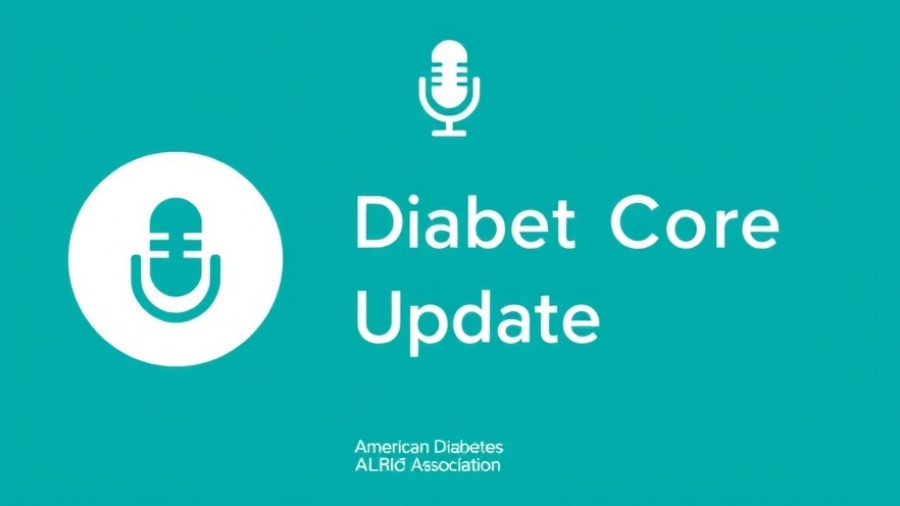
Understanding the Impact of GLP-1 Medications on Inflammation
GLP-1 medications, such as Ozempic and Victoza, are traditionally known for their role in managing blood sugar levels in individuals with diabetes. However, emerging research highlights their potential in addressing inflammation, a critical underlying factor in many health issues, including chronic pain and cognitive decline.
Inflammation: The Hidden Contributor
For those diagnosed with diabetes or prediabetes, inflammation is a term that often pops up in discussions about health. While inflammation serves as the body’s defense mechanism, when it lingers too long, it can wreak havoc on our health. Increased tissue damage, heightened blood sugar levels, and issues like brain fog and mood fluctuations can all stem from prolonged inflammation. Researchers have started to investigate how GLP-1 receptor agonists impact inflammatory responses in the body, revealing promising benefits beyond their initial purpose.
GLP-1 Medications and Brain Health
What’s particularly intriguing is the potential connection between GLP-1 medications and brain health. Studies suggest that these drugs may help protect against neurodegenerative conditions like Alzheimer’s and Parkinson’s disease by reducing inflammation in brain cells and enhancing mitochondrial function. By improving nutrient flow and bolstering the blood-brain barrier, GLP-1 therapies could play a significant role in maintaining cognitive function, particularly among individuals with obesity and chronic inflammation.
Real Experiences: A Human Touch
Incorporating personal narratives into the conversation around GLP-1 medications, consider the story of a close family member who utilized GLP-1 therapy to support recovery from a traumatic brain injury. Witnessing the remarkable turnaround spurred by these medications emphasizes their potential beyond managing blood glucose—it signifies hope for holistic healing and restoration.
Benefits of Decreased Inflammation for Diabetics
One of the oft-overlooked benefits of reducing inflammation is its significant influence on insulin responsiveness. As inflammation diminishes, individuals frequently report feeling a renewed sense of energy and mental clarity—transformative experiences that extend far beyond mere blood sugar management. While it is essential to acknowledge that GLP-1 medications can induce side effects such as nausea and fatigue, their promise for a more integrated approach to diabetes treatment is undeniable.
Conclusion: A Vision for the Future
The interplay of GLP-1 medications with inflammation not only broadens the understanding of diabetes management but also points to a future where integrative health strategies prevail. By recognizing the importance of treating root causes rather than simply alleviating symptoms, we can hope for a healthier future—one where healing is attained through balance and wholeness.
 Add Row
Add Row  Add
Add 




Write A Comment